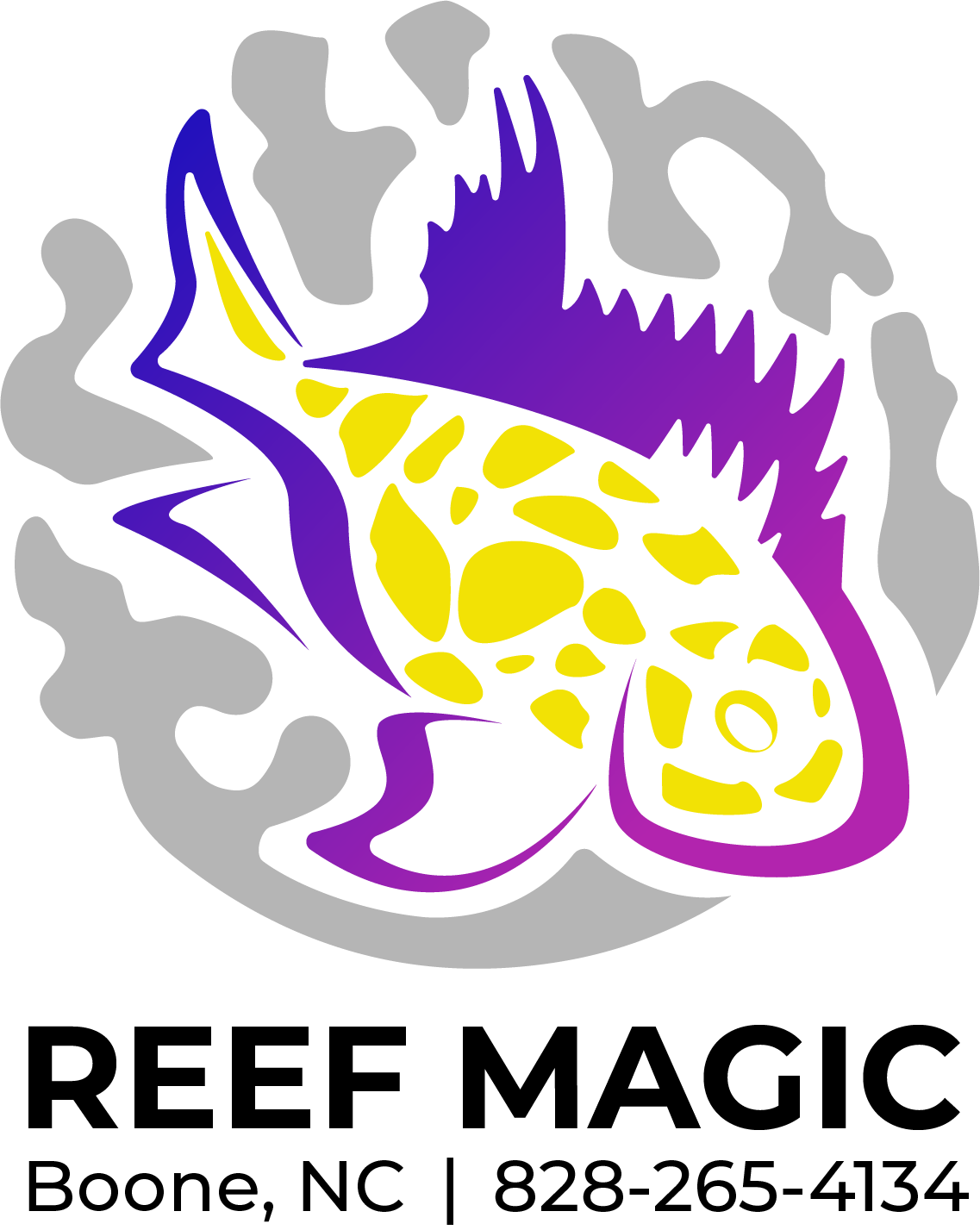 Image 1 of 2
Image 1 of 2

 Image 2 of 2
Image 2 of 2



Angel - Peru Spotted (LG)
Keeping a freshwater angelfish (Pterophyllum scalare) requires specific care and attention to ensure their well-being. Here are the essential requirements for keeping a freshwater angelfish:
Aquarium size: Provide a spacious aquarium with a minimum capacity of 20 gallons (75 liters) for a single angelfish. Larger tanks are recommended for a group or if keeping other tank mates.
Water parameters: Maintain stable water conditions. The ideal temperature range is around 75-82°F (24-28°C), pH between 6.5-7.5, and hardness between 3-8 dGH. Regular monitoring and appropriate water adjustments are necessary.
Tank setup: Create a well-decorated tank with plenty of hiding places, plants, and driftwood. Angelfish appreciate tall plants and broad leaves to rest on and create territories. Use a fine-grain substrate to protect their delicate barbels.
Filtration and water flow: Use an efficient filtration system to maintain good water quality. Moderate water flow is sufficient, as angelfish prefer slower-moving water compared to some other fish species.
Lighting: Provide appropriate lighting conditions. Use a lighting system that mimics natural day and night cycles to maintain a consistent photoperiod.
Diet: Offer a varied diet consisting of high-quality flakes, pellets, and frozen or live foods. Include a mix of protein-rich foods like brine shrimp, bloodworms, and daphnia, as well as vegetable matter such as spirulina flakes or blanched vegetables. Feed them small amounts multiple times a day to prevent overeating and ensure a balanced diet.
Tank mates: Select compatible tank mates that are peaceful and not overly aggressive or fin-nippers. Avoid keeping them with fish that are significantly smaller or known to be aggressive. Good tank mates include peaceful community fish like tetras, gouramis, or corydoras catfish.
Keeping a freshwater angelfish (Pterophyllum scalare) requires specific care and attention to ensure their well-being. Here are the essential requirements for keeping a freshwater angelfish:
Aquarium size: Provide a spacious aquarium with a minimum capacity of 20 gallons (75 liters) for a single angelfish. Larger tanks are recommended for a group or if keeping other tank mates.
Water parameters: Maintain stable water conditions. The ideal temperature range is around 75-82°F (24-28°C), pH between 6.5-7.5, and hardness between 3-8 dGH. Regular monitoring and appropriate water adjustments are necessary.
Tank setup: Create a well-decorated tank with plenty of hiding places, plants, and driftwood. Angelfish appreciate tall plants and broad leaves to rest on and create territories. Use a fine-grain substrate to protect their delicate barbels.
Filtration and water flow: Use an efficient filtration system to maintain good water quality. Moderate water flow is sufficient, as angelfish prefer slower-moving water compared to some other fish species.
Lighting: Provide appropriate lighting conditions. Use a lighting system that mimics natural day and night cycles to maintain a consistent photoperiod.
Diet: Offer a varied diet consisting of high-quality flakes, pellets, and frozen or live foods. Include a mix of protein-rich foods like brine shrimp, bloodworms, and daphnia, as well as vegetable matter such as spirulina flakes or blanched vegetables. Feed them small amounts multiple times a day to prevent overeating and ensure a balanced diet.
Tank mates: Select compatible tank mates that are peaceful and not overly aggressive or fin-nippers. Avoid keeping them with fish that are significantly smaller or known to be aggressive. Good tank mates include peaceful community fish like tetras, gouramis, or corydoras catfish.





